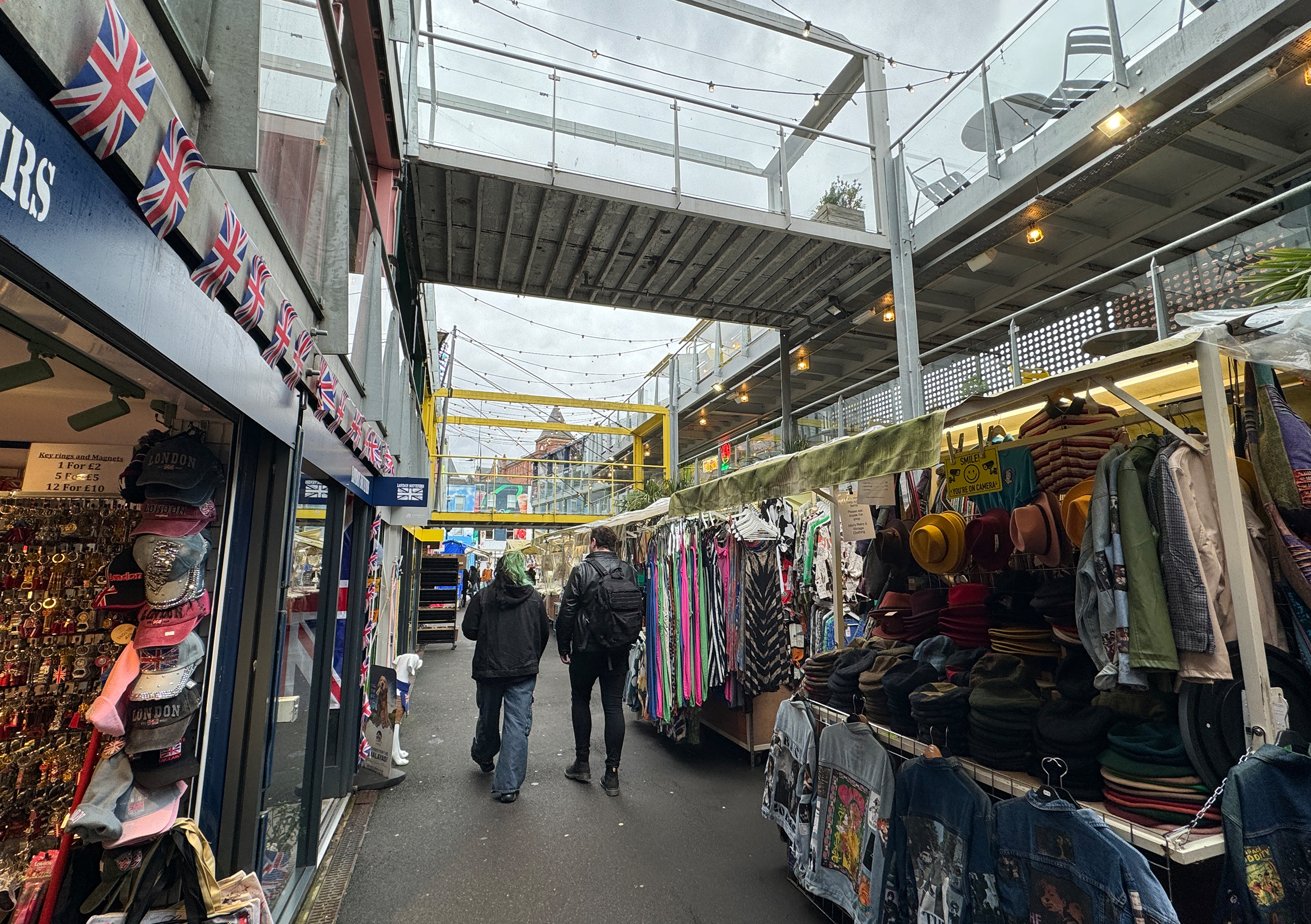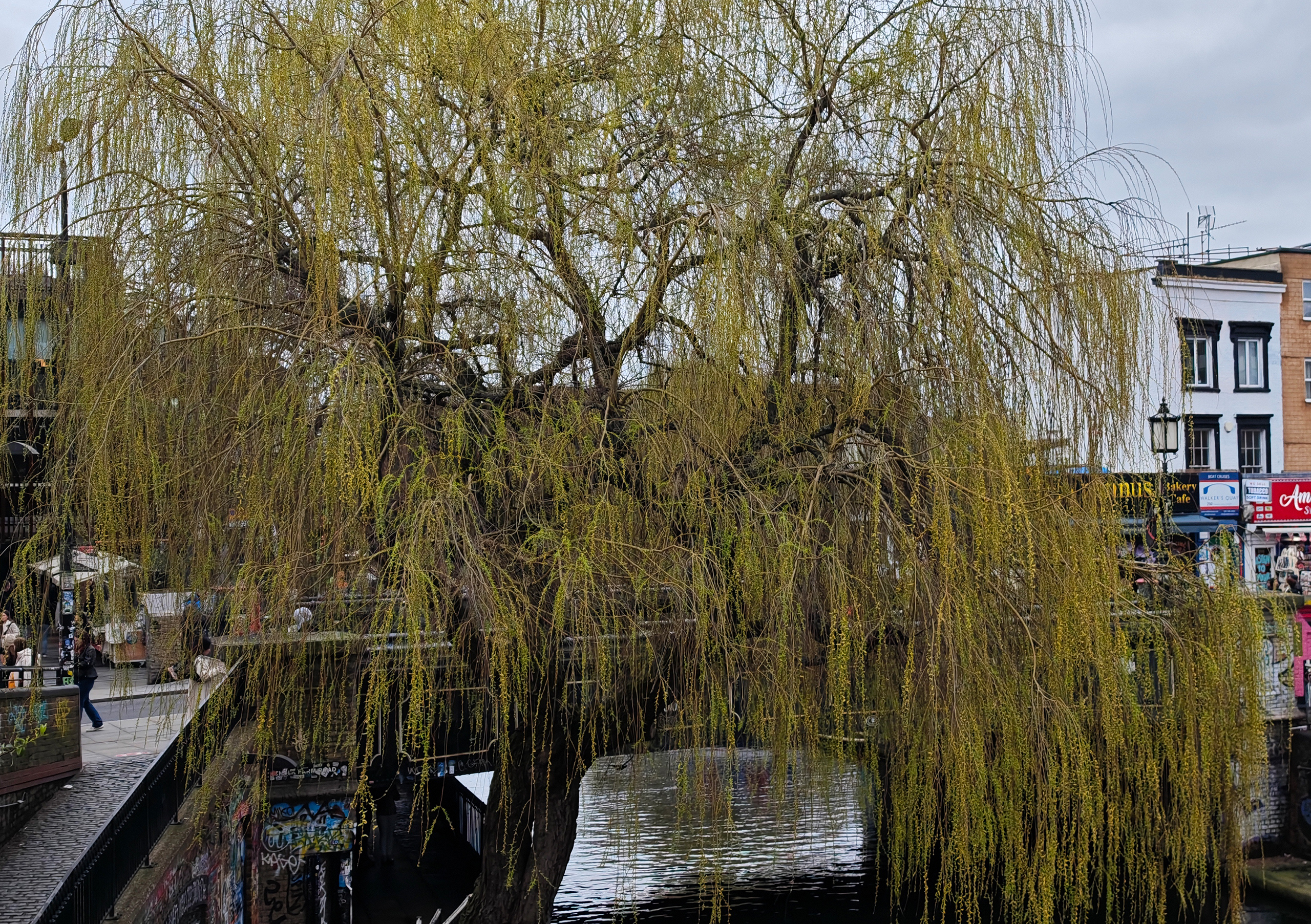What is the difference between the most advanced camera phones and the iPhone?
 |
| (Image credit: Future) |
Because Xiaomi 14 Ultra is so intent on becoming a fantastic photography phone, you can purchase an optional accessories kit to alter the phone's appearance and functionality to more closely resemble a real, purpose-built digital camera. That being said, even with its quad back camera array, this £1,300 top Android phone nevertheless meets all of your phone demands.
This year, Xiaomi is selling the 14 Ultra all around the world, but not in the United States. Therefore, the comparisons with the other finest camera phones we've tested are fairly valid, even without the home ground advantage of remaining a China-only product. especially the iPhone 15 Pro Max, which is the phone at the top of our guide.
The Xiaomi 14 Ultra and the iPhone 15 Pro Max have a number of striking benefits when compared on paper, as you'll see below, but things become trickier when you compare the two phones in real life. Below, you can view a number of sample comparisons along with our thoughts on which images are superior and why.
Comparing Camera Specs: Xiaomi 14 Ultra vs. iPhone 15 Pro Max
| Xiaomi 14 Ultra | iPhone 15 Pro Max | |
|---|---|---|
| Main camera | 50MP, variable aperture (f/1.63 - f/4.0) | 48MP (f/1.8) |
| Ultrawide camera | 50MP (f/1.8) | 12MP (f/2.2) |
| 3.2x telephoto | 50MP (f/1.8) | N/a |
| 5x telephoto | 50MP (f/2.5) | 12MP (f/2.8) |
| Selfie | 32MP (f/2.0) | 12MP (f/1.9) |
It's reasonable to assume that the Xiaomi 14 Ultra's camera is 50MP if you ever forget what resolution it has. With a maximum magnification of 120x, the phone has four 50MP cameras: the primary (also utilized for intermediate 2x photos), ultrawide, 3.2x, and 5x telephoto. It is intended to remind you that these, together with a 32MP front camera, were created in collaboration with the Leica team, as shown by the conspicuous branding on the large circular camera block.
 |
| (Image credit: Tom's Guide) |
The iPhone 15 Pro Max has the same maximum optical zoom range as the previous model, but it only has a 25x maximum zoom and no secondary telephoto camera. Comparatively speaking, it is likewise lacking in resolution, however its 48MP primary camera makes up for it. Its other 12MP front and rear sensors fall short.
Xiaomi 14 Ultra vs iPhone 15 Pro Max: Photo Samples Compared
 |
| (Image credit: Tom's Guide) |
Let's now see the real images that these two phones' cameras can capture. As a point of comparison, every Xiaomi photo was shot using the "Leica Vivid" color profile, which is one of two that you can choose from inside the camera app (the other being Leica Authentic). Otherwise, I left both phones' settings at their defaults.

Xiaomi 14 Ultra

iPhone 15 Pro Max
This photograph of Camden Town Underground station, taken with the primary cameras of both phones, shows a clear disparity in hue. The entire landscape, but particularly the station's signature oxblood tiles, appears richer and somewhat crisper in the Xiaomi image. This is especially true of little features like the mech that encircles the top of the structure.
The Xiaomi is the better of the two if you want to concentrate on the subway station, but the iPhone has a little bit more color in the sky, which creates a more balanced image.

Xiaomi 14 Ultra

iPhone 15 Pro Max
We see the similar hue change at Camden Lock, a little distance away. The image from the iPhone is noticeably brighter, though, which highlights the details in dim regions like the brickwork by the canal. Additionally, the iPhone's image of the tree and the lake has more contrast.

Xiaomi 14 Ultra

iPhone 15 Pro Max
This nighttime photo of my backyard also demonstrates how much brighter the iPhone is. The Xiaomi picture still has some information, but it gets lost when you focus on the darkest areas on the right side of the frame.

Xiaomi 14 Ultra

iPhone 15 Pro Max
Now switching to the ultrawide lens, the Xiaomi image is still more vibrantly colored in this view taken from the center of Camden Market Buck Street. This is especially evident in the keychains in the gift shop and the clothing on the booths. In the dim places, more features are also visible.

Xiaomi 14 Ultra

iPhone 15 Pro Max
For the first of our zoom comparisons, we are going back to the primary camera and use its sensor to achieve a 2x magnification. Here at Camden Lock, the brighter picture from the iPhone best displays the tree that is overhanging the canal. The Xiaomi's picture is less striking, but it's still detailed.

Xiaomi 14 Ultra

iPhone 15 Pro Max
When zoomed in to 3x, the iPhone can only utilize digital zoom and the Xiaomi can utilize the first of its two telephoto cameras. Upon closer examination, it is evident that the Xiaomi photo has a lot more information in the sign. The shot on the iPhone is not quite as crisp, but it is more saturated.

Xiaomi 14 Ultra

iPhone 15 Pro Max
There isn't much of a difference between both phones at 5x, when they can both employ specialized zoom lenses. However, the Xiaomi image appears to have a little bit more texture, particularly in the brickwork.
The 120x zoom range of the Xiaomi is a party trick, as I show in the photographs of the Camden Lock bridge above. Even at the maximum 120x magnification, I'm amazed at how well everything looks. However, I had to steady myself a few times and use a nearby streetlamp for support in order to capture the picture you see below.

Xiaomi 14 Ultra

iPhone 15 Pro Max
As usual, we conclude the comparisons with a selfie shot. My face has some skin-smoothing beautification done by the Xiaomi phone, so it's not as true to my actual look, but it could be worth keeping enabled for your social media postings. Both phones provide a fantastic portrait look, but I like the iPhone's default, blurrier bokeh. And with my hair, neither has quite hit the point. In this case, the Xiaomi image is too dark, while the iPhone image is too bright.
 |
| (Image credit: Tom's Guide) |
I found that the camera attachment kit was very useful for this purpose since it makes it simpler to maintain a firm grasp on the phone while attempting to zoom in. The camera-style sliding switch also makes zooming in simpler because it eliminates the need to modify how you hold the phone in order to use the on-screen touch controls.
Conclusion
 |
| (Image credit: Tom's Guide) |
Even without delveing into cutting-edge features like its completely adjustable primary camera aperture or its extensive Pro controls for picture and video, it's reasonable to conclude that the Xiaomi 14 Ultra is a highly powerful camera phone. Its zoom powers are incredible, and at times the color rendition of its photographs makes the iPhone appear lifeless. The iPhone has no problems with shadow processing, which is really its main shortcoming. When the points were added up, the Xiaomi emerged victorious in this match, winning or drawing five times against the iPhone's four.
I believe that the iPhone 15 Pro Max remains the superior camera phone option for the majority of people, even with the Xiaomi's impressive performance in our evaluation. Apart from the issue of not being available to American customers, the Xiaomi is quite pricey, especially for a flagship phone. Additionally, the iPhone and other flagship phones that share this idea, like the Galaxy S24 Ultra and Pixel 8 Pro, deserve to be at the top of our list of the best camera phones since, in my opinion, phone cameras are primarily supposed to be used for point-and-shoot shots.
However, if your phone should fulfill your deeper passion for photography by functioning more like a portable DSLR, the Xiaomi 14 Ultra could be the best option currently available.







